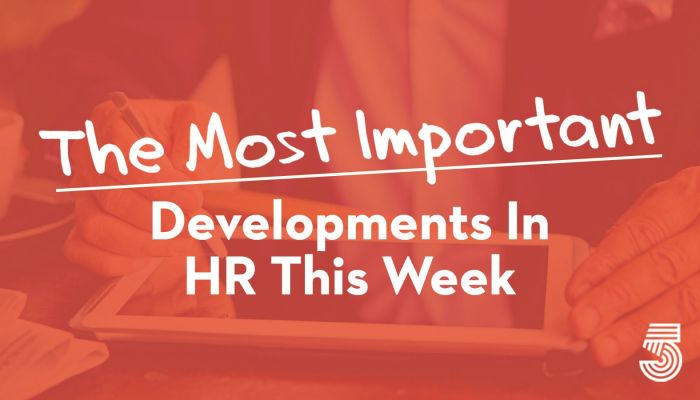The M.I.D., as we call it, is curated by our editorial team from more than 50 news sources. Like a lot of good ideas, this started as something I wanted for myself. If I can’t read everything, I at least want to stay abreast of the most important developments.
This week in HR, the Workhuman talk show roared back, the Great Resignation continued, Wharton released stunning findings about the true cost of turnover, skills-based talent management was in the news, and Forbes outlined the four types of hybrid workers.

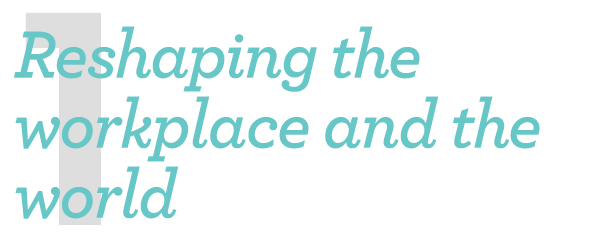
During this next can’t-miss edition of Spotlight, witness an open, honest conversation among renowned change-makers who have pioneered diversity and inclusion in their respective spaces. Delving into past experiences and today’s challenges, this panel discussion will inspire you to explore your own perspective and take a hard look at inclusion in your workplace. Now more than ever, this is one conversation you need to hear. Join this trio of powerful visionaries for a candid conversation about diversity, inclusion, and how we can make real change in our lives and in the workplace. It’s live, August 23. Workhuman Spotlight

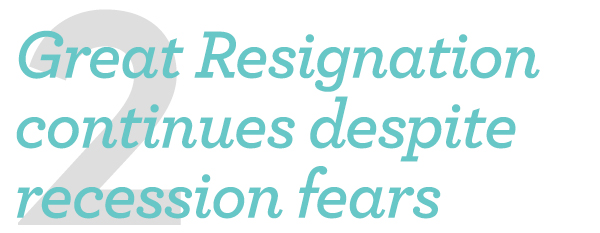
What will it take for the Great Resignation to end? Apparently, not an anticipated recession. In June, 4.2 million Americans quit their jobs, according to the U.S. Labor Department’s latest Job Openings and Labor Turnover Summary. That’s down slightly from 4.3 million in May, which declined only a hair from April, March and February, according to the U.S. Bureau of Labor Statistics. Nearly 80 million Americans have fled their positions since the Great Resignation began last year. As a result, the scales have tipped in favor of labor, with employers having to bend over backward to attract and retain talent. However, the number of job openings dropped in June, offering HR leaders hope that the molten hot labor market may finally be cooling off. There were 10.7 million new job openings in June, which is down from 11.3 million in May and the lowest number since September. HRD US

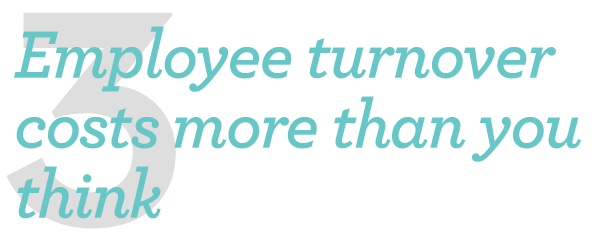
Ken Moon, a Wharton professor of operations, information, and decisions, is co-author of the paper titled, “The Hidden Cost of Worker Turnover: Attributing Product Reliability to the Turnover of Factory Workers.” The researchers partnered with a major Chinese manufacturer to track the failure rates for 50 million cellphones over four years of consumer use. When a device failed — defined as needing repair or replacement — they were able to trace the unit back to the exact date and location where it was assembled, the factory conditions, and the staffing level at the time. With such precise data, the researchers uncovered some significant correlations: Each percentage-point increase in the weekly turnover rate for workers increased product failure by 0.74% to 0.79%. Failure was 10.2% more common for devices produced in the high-turnover weeks than for devices produced during the lowest-turnover weeks. The associated costs amounted to hundreds of millions of dollars. The authors say their study is the first to link worker turnover directly to product reliability in the manufacturing sector, and the results emphasize that there is a lot more for managers to consider about worker turnover than just the budget-line costs of recruiting and training replacements. Knowledge at Wharton

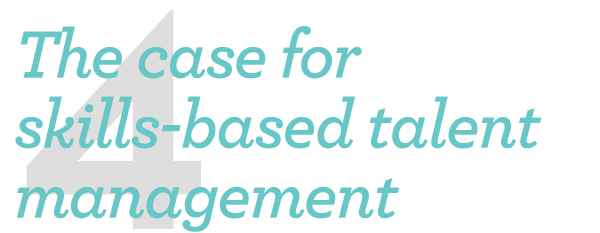
Just prior to the pandemic, the terms “reskilling” and “upskilling” dominated conversations about the workplace. The pandemic and the aftermath have also made HR and talent leaders consider another aspect of the “skills” discussion — namely, centering talent acquisition and talent management processes around skills. This has been driven, for many organizations, by a prolonged and difficult labor market, where needed talent has been hard to find. Shifting to a skills-based approach to talent acquisition and talent management requires thinking less about resumes and job descriptions, and more about identifying and mapping the skills that employees possess (or can develop) to the skills required for the organization to meet its business objectives. Rather than relying primarily on traditional elements of a person’s professional and educational profile, like schools attended or prior roles held, a skills-based approach seeks to identify a person’s skills that they have demonstrated, ones they may possess that often are not specifically indicated in their profile and the skills that they are likely to be able to acquire over time. HRE

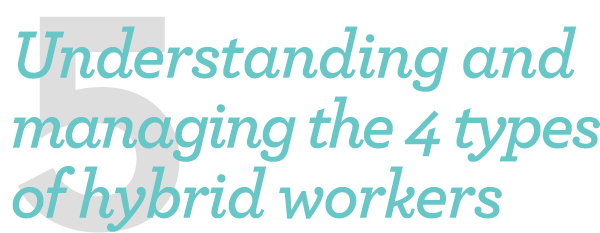
To understand how hybrid work is affecting people, we commissioned a global survey with Economist Impact. With the right tools and guidance, hybrid teams can be successful and drive impact together, no matter where teammates work. Economist Impact recently categorized employees into four segments based on their relationship to hybrid work: evangelists (happy with hybrid, want to sustain the current model), pragmatists (optimistic, but facing challenges), fair-minded (most concerned about employee wellbeing), and undecided (haven’t yet seen the benefits). Interestingly, employees did not fall into categories based on neatly predictable criteria like role, seniority, or industry. Instead, the primary driver was more personal: how hybrid work affects their everyday lives. The study found that feelings about hybrid work are often determined by factors like need for child care, length of commute, and personal work styles. Taking the time to engage with them and learn their preferences allows you to shape policies while also making decisions that help the organization get work done. A thoughtfully planned hybrid work structure can adapt to individual needs, connect distributed workforces, and, ultimately, strengthen your organization. Forbes






